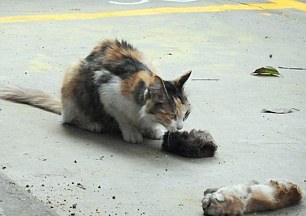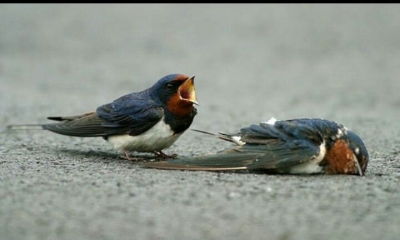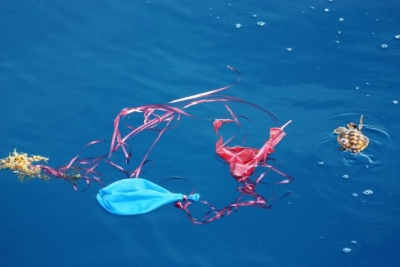
Do you really want to know if a mother cat would suffer if she loses one of her kids?
Mama left her kittens inside a box at around 7am but when she returned, just five hours later, she discovered that her two kittens were already dead.
She was found by locals pacing back and forth, meowing incessantly near her lifeless offspring.
Both kittens were stabbed to death by an unknown assailant.
The mother refused to leave, even after locals tried to help her.
So, back to the question…
There are some typical behaviors that a mother cat may exhibit when dealing with the death of a offspring. One of the first things she would to is licking her kitten(s).
You see, licking the kittens is the mother cat’s instinctive behavior after giving birth. It will rigorously lick and groom each kitten. Licking the kittens stimulates breathing, helps to remove any remaining placenta and helps to remove liquid from the kitten’s lungs. The grooming can look quite violent and vigorous but it is normal and necessary.
When a mother cat sees its kitten not moving or breathing, she will lick and cuddle the kitten to try to get it to respond. It may do it for quite some time until she gives up and abandons the kitten to take care of the surviving ones.
Some cats are very trusting to their owners in times of grief or loss. Not all cats do this but some may lay their kitten at your feet for help or empathy. Many cat owners have experienced this and interpret it as their cat’s way of showing that she trusts you to fix her young.
In contrast, some mother cats are overprotective of their young. They will not allow anyone, even their pet parent to come near their kittens, dead or alive.
Sometimes a mother cat will dig the ground where she will bury her dead kitten. She will then cover the body with mud and might lay on the spot for several hours. Some mother cats who have other kittens to attend to, however, will simply remove the dead kitten and abandon it. This is to separate the dead far from the live ones to avoid any health risks.
And sometimes, she would eat her kitten. It may sound gross but some mother cats eat their kittens when they seem to be dead. Eating their dead kittens will provide nutrients that will be dissolved in the mother’s milk and will be beneficial for other kittens. It is very rare but surely it happens and, although this is a distressing sight for humans, this is a normal behavior for animals.
So, answering the question: she surely will suffer. A lot.
Credit : Quora
Picture Credit : Google





